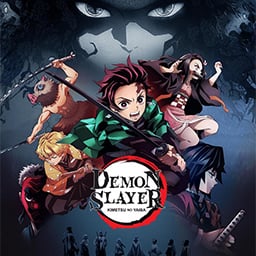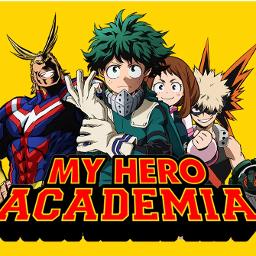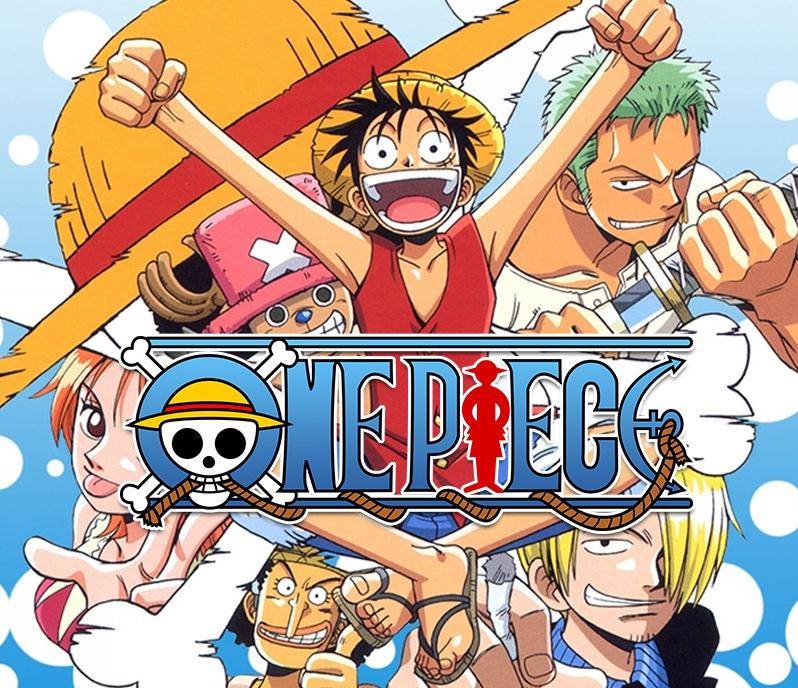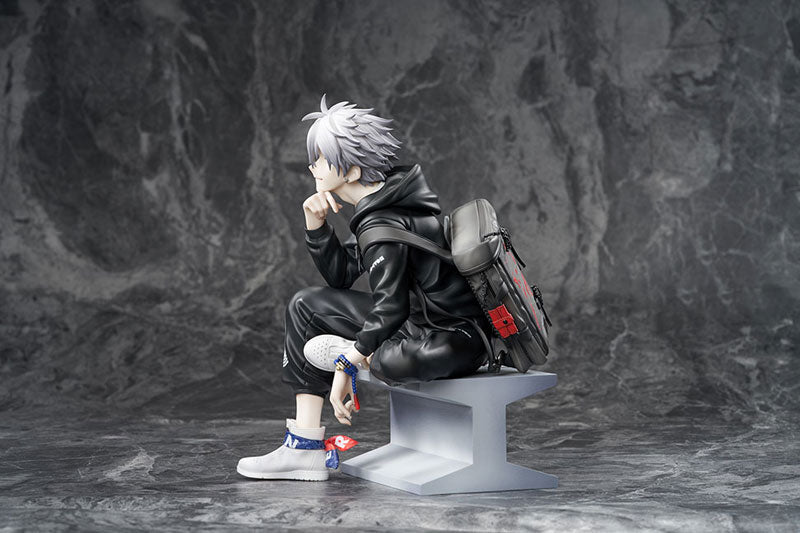Derivative Dragon Ball Manga Series - Dragon Ball
With the canonical legitimacy of many works within the Dragon Ball franchise being questioned, it's no wonder there's a lot of controversy surrounding the various manga releases. Akira Toriyama and Toyotaro are responsible for creating what fans consider to be true Dragon Ball canon, while third-party manga and animation are not. An example would be Bardock: Father of Goku, as the ending of the story is the same as Toriyama's, but the beginning and the rest of the story are completely original. On the other hand, some works such as Dragon Ball: That Time I Got Reincarnated as Yamcha are not written by Toriyama or Toyotaro at all and are not considered canon.
Dragon Ball
The original Dragon Ball manga is the source of the Dragon Ball story. Everything that comes after must follow the previously established narrative of this manga to be canonically correct. Dragon Ball Z is the name of the second animated half of the Dragon Ball manga, as in the manga series, no distinction is made between Dragon Ball and Dragon Ball Z. Dragon Ball Super , however, has its own manga and is therefore named as such. The English-language publication has very few differences from the original and remains extremely faithful.
Doctor Slump
Early in his career as a manga artist, Akira Toriyama wrote a gag manga called Dr. Slump, which was published in Weekly Shōnen Jump. Just a year after its initial publication, Dr. Slump received the 1981 Shogakukan Manga Award for shōnen and shōjo manga, making it an award-winning manga. The serialization ran from February 4, 1980, to September 10, 1984, and resulted in a total of 18 volumes (236 chapters). The story takes place in a place called Penguin Village and revolves around the adventures of a little cyborg girl (Arale Norimaki) created by inventor Senbei Norimaki. Many of the manga's jokes revolve around Arale as she makes hilarious misunderstandings about the world. Some events include her bringing home a giant bear because she considers it a pet and accidentally splitting the Earth in half. Some Dr. Slump characters have appeared occasionally in Dragon Ball, but their legitimacy in relation to Dragon Ball canon is debatable. During the Red Ribbon Saga, for example, Goku ends up in the Penguin Village and is aided by Dr. Slump characters while battling the antagonist General Blue , suggesting that they exist in the same universe, even if only as cameos.
Nekomajin
Nekomajin is a manga not originally based on Dragon Ball, although the name suggests a reference to Majin Buu (Neko means cat in Japanese). After chapter 4, titled "Neko Majin Z," the manga quickly became a parody of itself. Nekomajin consists of a series of eight short, stand-alone chapters that ran in Shonen Jump magazine between 1999 and 2005. Five of the chapters feature numerous appearances by famous Dragon Ball characters, as well as Frieza's son, Kuriza, and a large Super Saiyan named Onio. The story itself is about a group of magic-using cats who live in the same time and on the same Earth as the Dragon Ball characters. Some of the characters have been released as special bonuses in various Dragon Ball video games and card games.
Crossed era
Cross Epoch is a one-off crossover manga between Dragon Ball and One Piece, co-written by Akira Toriyama and Eiichiro Oda. It was published on December 25, 2006, in Shonen Jump magazine. It features characters from both series in pairs fulfilling various roles. For example, Vegeta and Robin are members of a pirate crew, Master Roshi and Sanji as police officers, Piccolo and Zoro as rival swordsmen, and Bulma and Nami as thieves. The villain duo is Buggy the Clown and Emperor Pilaf. The story follows Mister Satan , who has just had his wish to become king granted, after which he invites everyone to his island to attend a party. Along the way, the different couples face many obstacles and must work together to arrive at the party safely.
Dragon Ball Heroes
What began as a collectible card game, and later as an arcade video game (after a brief appearance on some handheld platforms), has also seen several manga adaptations. The first Dragon Ball Heroes manga, "Dragon Ball Heroes: Victory Mission," began its serialization in V-Jump in 2012. It is a spin-off created by Akira Toriyama's current assistant, Toyotaro. The story takes place in a time when Capsule Corporation has created special time machines that allow the player to go back in time to fight heroes from the past. The protagonist is a boy named Beat, who is confident in his skills in Dragon Ball Heroes and claims to be able to defeat any villain, be it Cell or Frieza . He initially enters the game to find himself working with Gogeta , Goten , and Trunks to fight Baby Janemba, which surprises him, as he has seen a new enemy for the first time. He also has a friend and rival named Note, a Saiyan girl who is also striving to become the strongest player in the country.
Dragon Ball Heroes: Charisma Mission
Dragon Ball Heroes: Charisma Mission is another spin-off manga based on the popular arcade card game Dragon Ball Heroes. Written by Yoshitaka Nagayama, it was first published in Saikyo Jump to promote new missions in the arcade game in 2013. This series was put on hiatus during the release of Nagayama's next series, Super Dragon Ball Heroes: Dark Demon Realm Mission!. This manga tells the story of Future Trunks becoming Xeno Trunks and aired from 2016 to 2020. During this time, Nagayama created a sequel series (Super Dragon Ball Heroes: Universe Mission!!) and a reboot of the original series titled Super Dragon Ball Heroes: Ultimate Charisma Mission.
Links
Dragon Ball series
Dragon Ball Z series
Dragon Ball Kai series
Dragon Ball Super series
Dragon Ball GT series
Dragon Ball Super Heroes
Akira Toriyama








